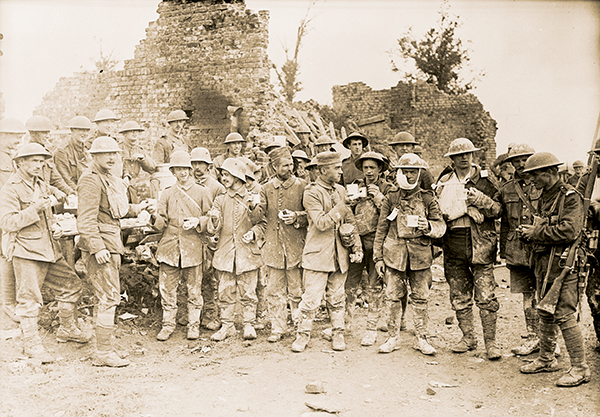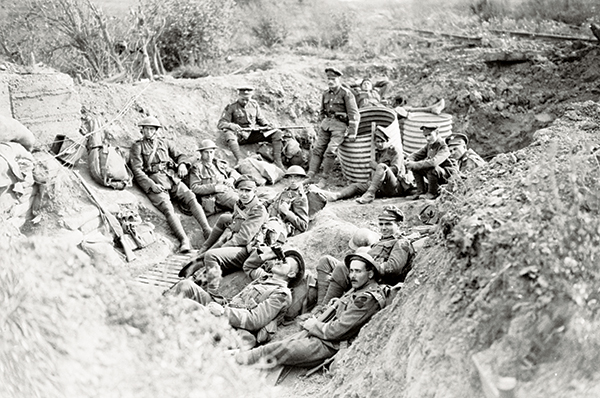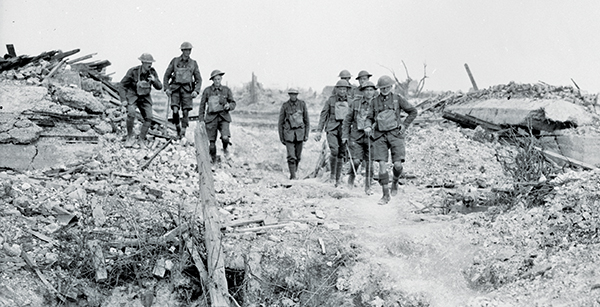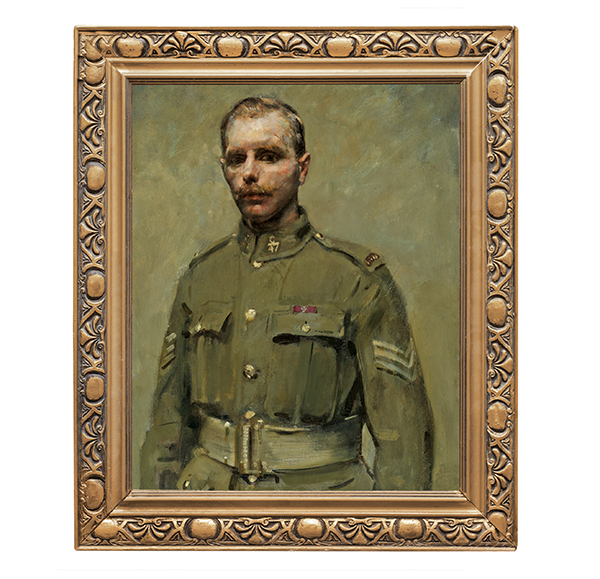The Battle of Hill 70 was a 10-day Canadian Corps victory in the First World War that came at a terrible cost to both sides.
It began on Aug. 15, 1917, and by the end of the first day alone, 1,056 Canadians had been killed, 2,432 wounded and 39 taken prisoner. Lieutenant-General Arthur Currie had taken command of Canadian Corps in June, after the Battle of Vimy Ridge. He was ordered to take Lens, a French coal mining town that had been a German stronghold since 1914. But he believed capturing and fortifying Hill 70 was a necessary first step.
Currie’s commanders hoped the battle would not only draw German attention away from the Battle of Passchendaele, which had started at the end of July, but also inflict heavy casualties that would impede the enemy’s ability to provide reinforcements.
Just as at Vimy four months earlier, Currie meticulously prepared his troops for the battle to wrest the vantage point from the Germans.


It was brutal work done in a poisonous fog, for both sides employed gas. The Canadians came up against mustard gas for the first time. Unable to see, Canadian gunners doffed their gas masks, exposing themselves to burned lungs, blistered flesh and blinding.
Although he intended to go on to liberate Lens, Currie first ordered the immediate fortification of the newly won ground, preparations that kept the hill in Canadian hands despite 21 counterattacks. German reserve forces were sent in, foiling the Allies’ plans and upping the casualty count. By Aug. 25, about 9,000 Canadians had been killed or wounded, including 3,300 at Lens, along with as many as 15,000 Germans.


Advertisement










